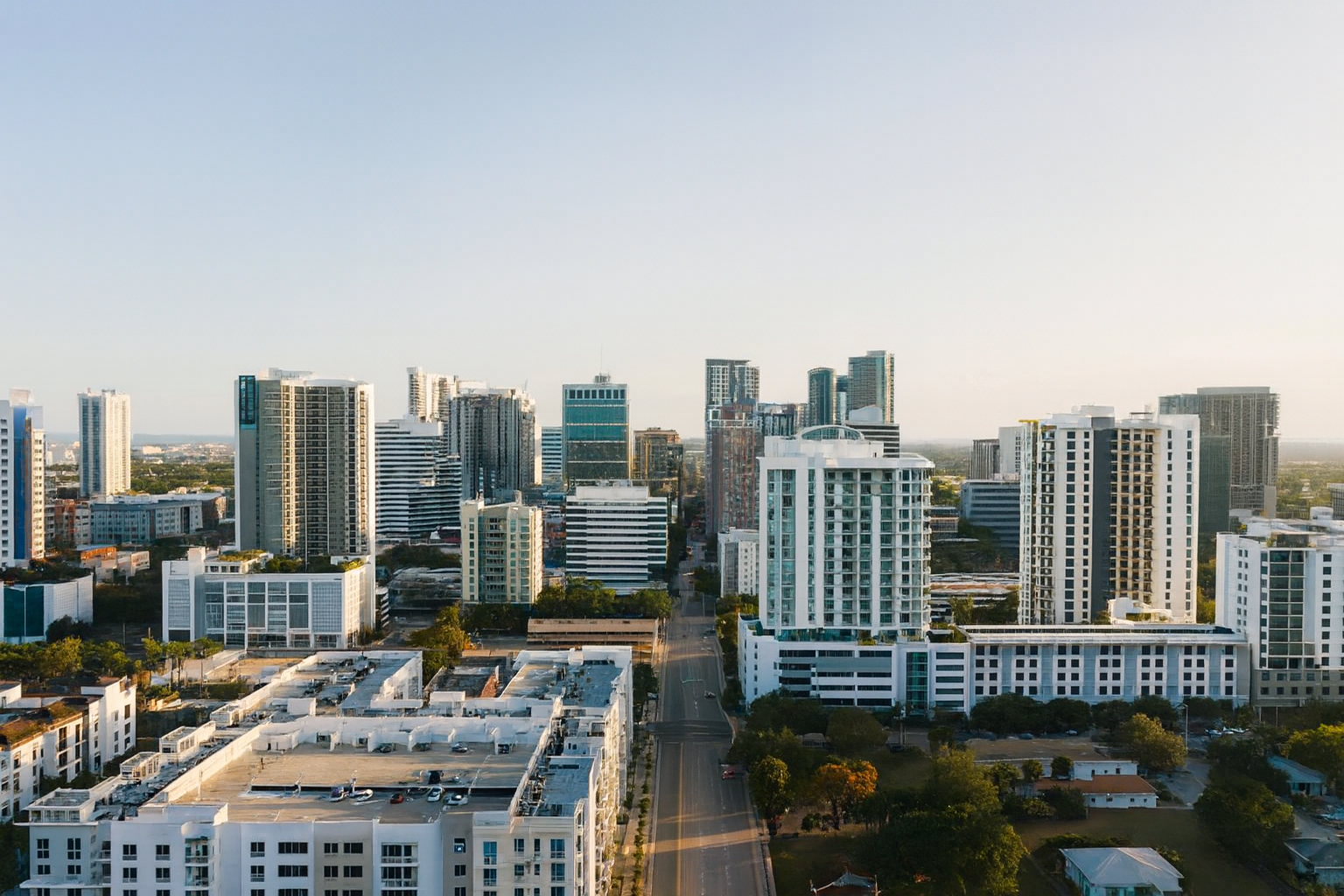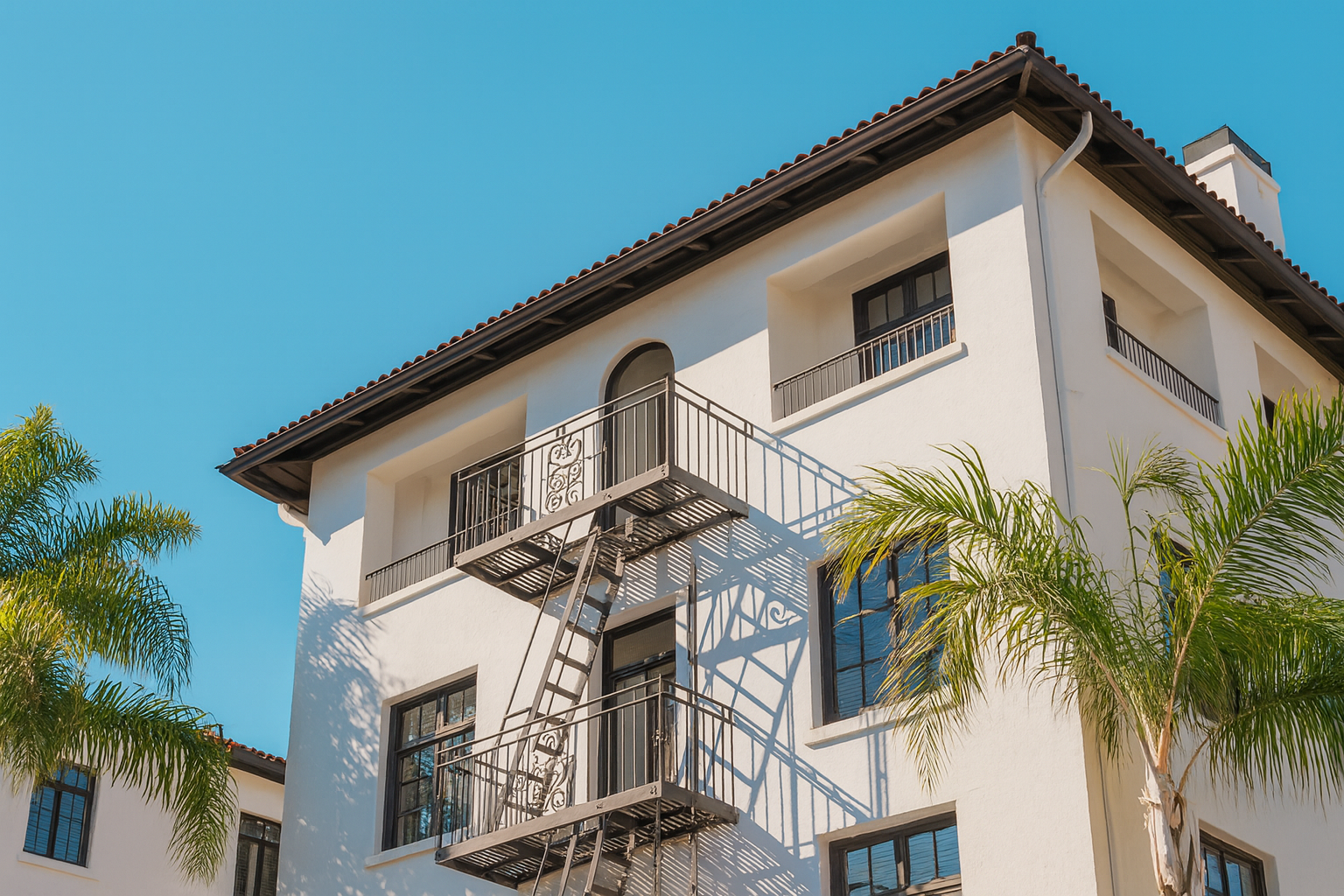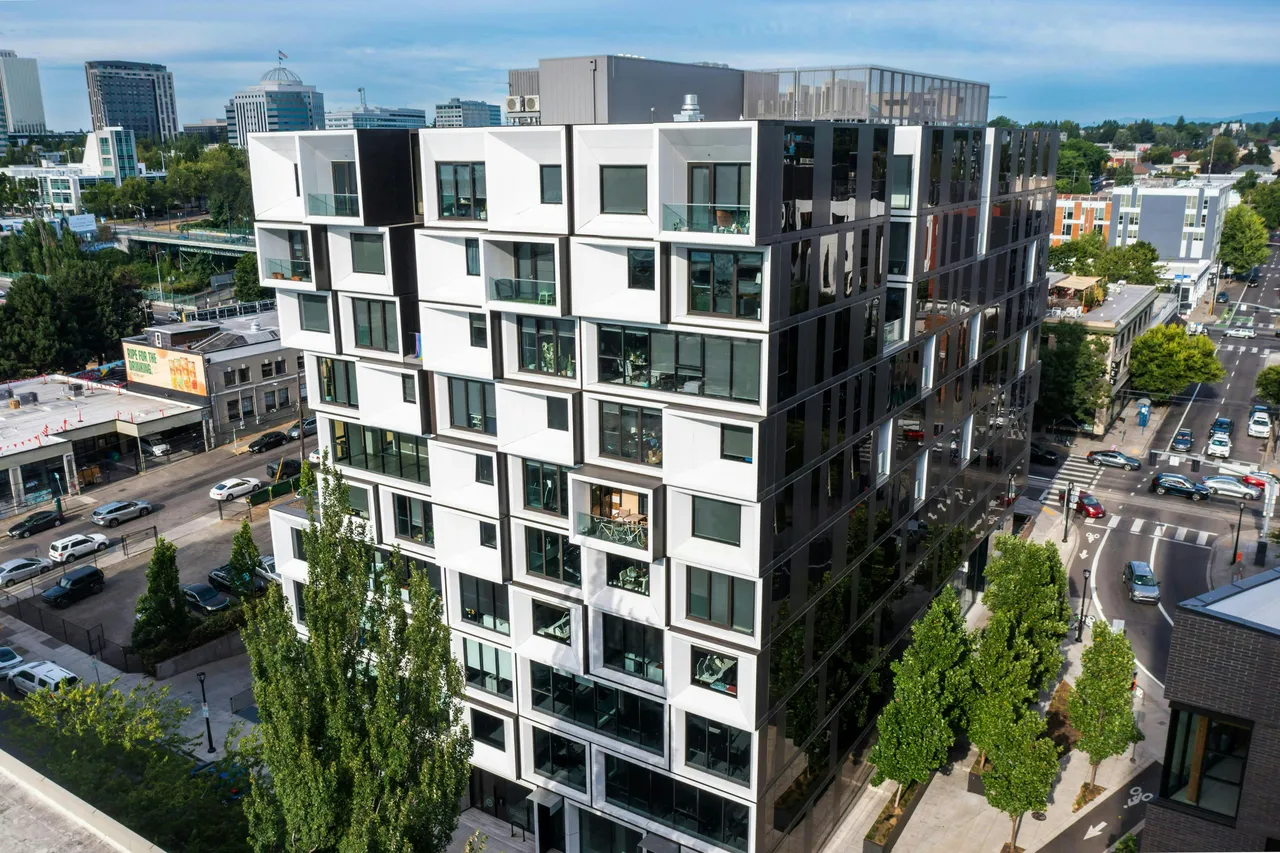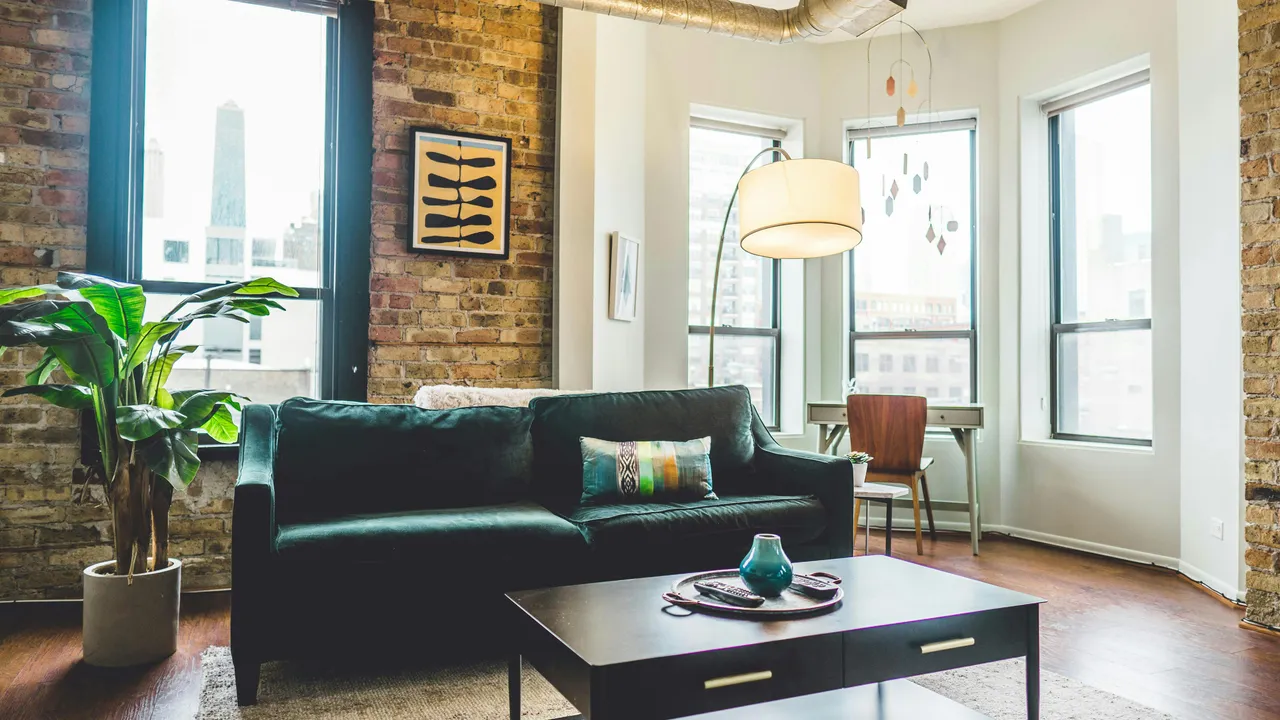The current apartment market is certainly different than the one owners and operators had grown accustomed to in recent years. Gone, at least for now, are the days of historic demand and double-digit year-over-year rent increases.
In light of the current market, Jay Parsons, senior vice president and chief economist for RealPage, wrote recently about expense control, calling it “everyone in the multifamily industry's new favorite topic.”
It’s bound to be a major issue for owners and operators throughout 2023, Parsons says. Per-unit insurance expenses increased by 17% from 2021 to 2022 and will rise again this year, he writes. Turnover costs have become a major issue as well, rising by about 15% in 2022 when compared to one year earlier.
Increased turnover expenses stem from “both a) higher costs for materials and labor plus b) more turnover, which will be an even bigger factor in 2023, and therefore a big reason to focus on resident retention (especially given the uncertain demand outlook plus the upcoming spike in supply),” Parsons writes. “Simply put: Turnover is more expensive than ever. Operators are shifting into occupancy/cashflow protection mode.”
Resident retention has long represented the multifamily industry’s unrealized business opportunity, whether that’s in a sizzling-hot or soft market. For too long, operators have left money on the table by not giving resident retention the time and attention it deserves.
It’s time to move away from overextended onsite teams perfunctorily sending out a renewal notice 90 days before a lease’s end and then engaging in sporadic follow-up. By automating the renewal process to ensure early and effective communication with residents and the timely delivery of renewal offers, operators can reap a range of valuable business results and streamline the responsibilities of their onsite associates. To start with, well-executed outreach to residents who are approaching the end of their lease can both increase renewals and spur faster renewal decisions. When residents make quicker decisions, operators can reduce vacancy loss, improve occupancy forecasting and make better real-time pricing decisions. Higher retention also reduces turn costs and marketing expenses.
At the same time, operators should view resident retention through a wider lens, meaning they should accommodate moving a resident who needs to upgrade or downsize into another unit within the same community, and they should help a resident who is leaving one of their properties find a home in another community within their portfolio. Operators also can turn move-outs into a revenue stream by providing these leads to other operators for a fee.
The current economic climate may force operators to show renewals more TLC than they have previously. But the truth is that renewals should always be a major priority, no matter the overall state of the apartment market. The business benefits they offer are just too powerful to ignore.
.svg)

.svg)







.png)








































